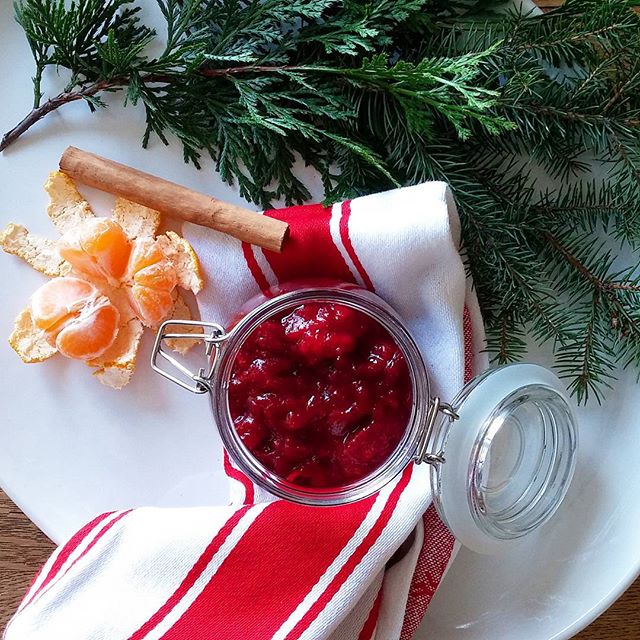Copyright by Jacqueline Peppard, all rights reserved.
A country Flemish woman deftly moves about her 17th century kitchen with hair tied up in a white woolen cap and blue muslin apron on. Braids of garlic, onions, and herbs are suspended from the rough hewn ceiling beams. Rays of late morning sun gently stream through a window and bounce against the white plaster walls, filling her eyes with golden reflections. Life is good this year. It is winter, but the bountiful summer harvest lines the cellar shelves with ceramic bottles of dark brown ale, sides of smoked pork, and baskets of root vegetables. She creates a stew for the mid-day meal, a recipe containing beef, bacon, onions, beer, dried herbs, and root vegetables – Beef Carbonnade. A savory aroma soon wafts throughout the house warming the heart and beckoning one to the table.
Spring is almost here, but most can’t even begin a garden of hardy greens yet. In countries still receiving snow, a Paleolithic hunter and gatherer’s food supply would be restricted to whatever wild game he could kill. Much of the ground would still be frozen, and any plant food like greens and root vegetables just wouldn’t be on the menu yet. A denizen of the 17th century would be running low on veggies and would be limited to properly stored root and tuber vegetables that mice or rats hadn’t raided. Any wild game would be stretched with pork raised and cured from the prior summer. Our early ancestors available winter food supplies gave birth to the dish also known as Carbonnade Flamande.
The gourmet name disguises the humble nature of the dish, a sweet-sour beef stew largely comprised of onions. Unlike Beef Bourguignon made with wine, it is distinguished by the rich earthy flavor of dark ale contrasted against onions and herbs. My interpretation calls for 4 different members of the allium family, each adding its own individual flavor to the mix, balsamic instead of apple cider vinegar, and LOTS of bacon. Root vegetables are typically boiled and served on the side. Continue reading




